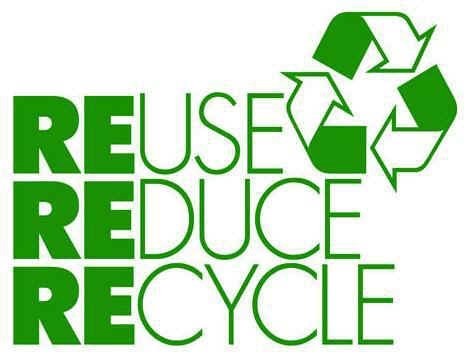When you glance at the influences of air, water, and soil pollution, then it becomes a need to eradicate or at least reduce the atmospheric pollution which is affecting us all. The reason for pollution is the release of waste materials and improper disposal.
So, effective measures should be followed and everyone should take the responsibility of reducing the environmental pollution in their neighborhood that will lead to a cleaner environment. For this, we must be going for well-defined, well-maintained, waste management strategies.
Waste management
A bulk of solid waste is produced every day in your neighborhood. Besides this, there’s household, agriculture, mining, medical, and industrial wastes. Environmental pollution is caused by improper disposal of these above-motioned wastes.
Collection and disposal of wastes
The household trash is collected in the bins and it is then transferred to the municipal workers who carries to the site of disposal. At this disposal site, the waste is seperated into two parts namely, biodegradable waste and non-biodegradable waste. Plastic wastes are known as the buiodegradable wastes which include plastic bags, bottles, etc. which are the sent for recycling process. On the other hand, biodegradable waste is deposited on land and is then converted into the compost.
All of us must follow the practice of collecting garbage and then properly, disposing it. If we don’t practice waste management approach, it can result in widespread diseases because of groundwater pollution and will result into water pollution.
Inappropriate disposal also lets toxic gases being released into atmosphere and air pollution takes place. And along with this, harmful ejection of gases from industries and vehicles results in Air Pollution.
Therefore, to reduce the pollution level around us, care should be taken when you dispose these wastes. Also, encourage the use of more and more Renewable energy sources to make our planet safe and a healthy place to live!
So, here are some ways to treat the waste:
Recycling
This is the most simple technique of reducing the amount of waste. Recycling the materials surely saves money involved in raw materials, and it also decrease the disposal cost. A few of the familiar examples of recycling done by industries:
- Glass Recycling
- They use scrap metal for manufacturing steel
- They recover energy by burning wastes which are inflammable or combustible
- They make use of paper which is already a waste

3 R for Sustainable development
Sewage Treatment
The sewage treatment involves three basic stages, which are:
- First Stage
- Second Stage
- Third Stage
First stage is called the Primary Treatment and this involves removing large particles of solid. This process is followed by sedimentation and screening.
Second stage is called the Secondary treatment. This treatment includes biological oxidation of organic waste materials by parasites or microorganism and then it’s followed by the process of filtration.
The third stage, also called the final treatment involves different chemical and physical processes that are specifically designed for this stage only.
Digestion
In Digestion process, microorganisms reduces the waste debris when oxygen is not present and it occurs when the sewage goes through anaerobic digestion.
Using digestion process, different types of harmful organic wastes can be reduced. Products of digestion are methane and carbon dioxide, which might be used in the form of fuel.
![]()
Dumping
This technique is used widely to dump the sewage deposit in the surrounding seas. It is called the ocean dumping. Although, sludge on land is increasing day-by-day. The sludge is having phosphorus and nitrogen which might be useful in the form of fertilizers.
Mostly the sludge is produced in urban areas which contain toxic substances; therefore, such toxic sludge must be dumped with so much care and in a controlled manner.